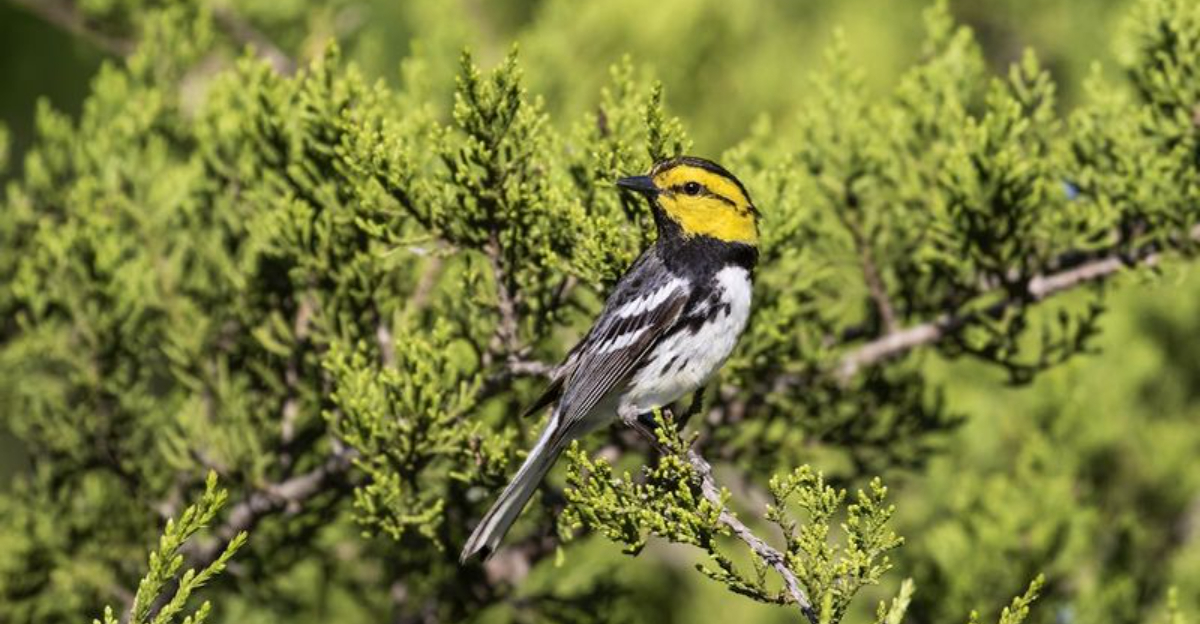Tucked into the shaded canyons and oak-juniper forests of central Texas lives a bird that exists nowhere else on Earth: the golden-cheeked warbler.
With its striking yellow face and melodic song, this tiny bird has claimed the Lone Star State as its only nesting ground.
But why Texas? The answer lies in a mix of geography, trees, and timing that make this region the perfect seasonal sanctuary for one of America’s most exclusive feathered residents.
1. Exclusive Breeding Range
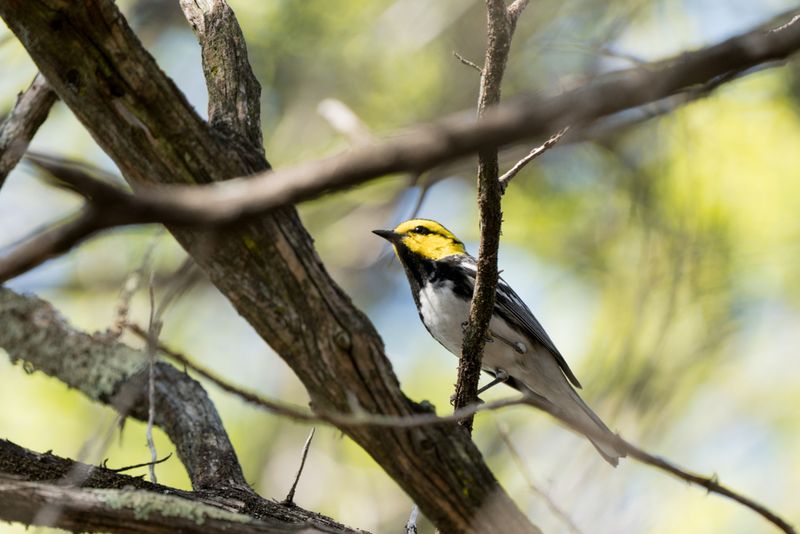
Nowhere else on Earth will you find this feathered Texan raising its young! Golden-cheeked Warblers breed exclusively in 33 counties across central Texas.
Each spring, these distinctive songbirds return from Central America to the limestone hills they’ve called home for millennia.
Their breeding territory covers just a small patch of the Edwards Plateau, making them true Texas natives with the most exclusive zip code in the bird world.
2. Dependence on Ashe Juniper
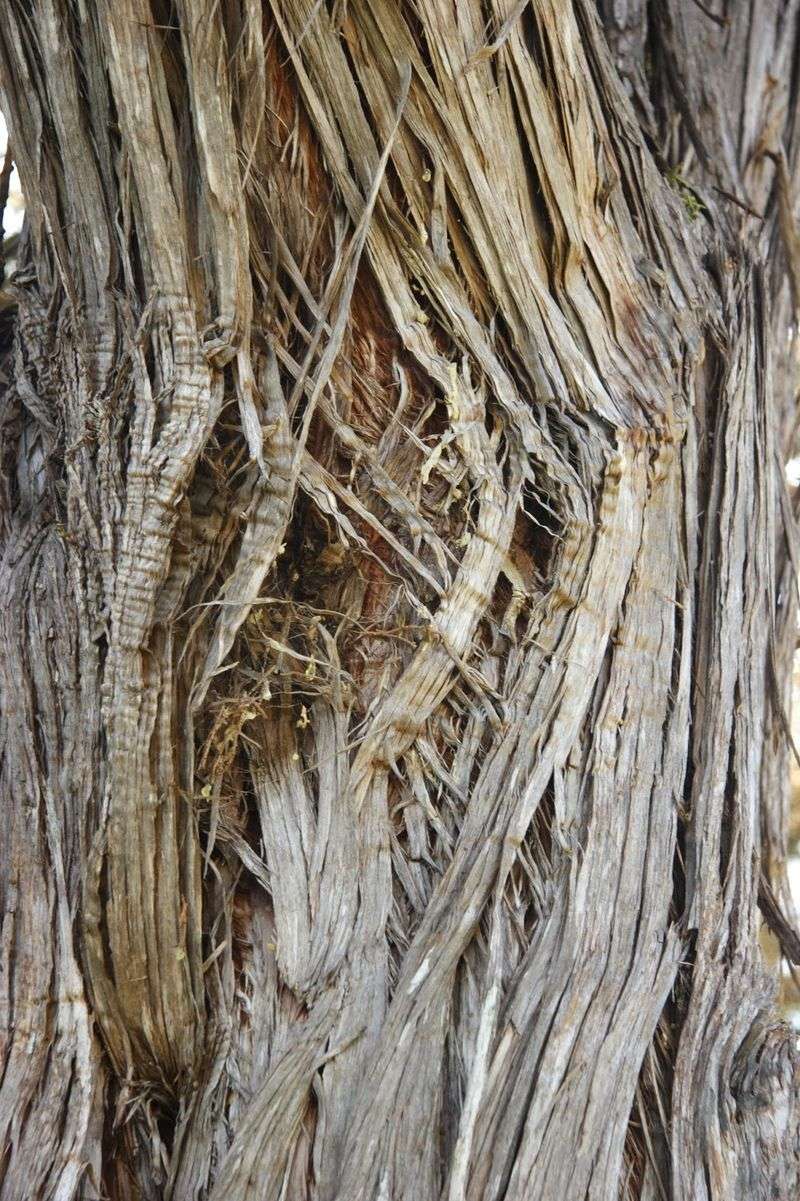
Talk about being picky! These birds absolutely require the shredding bark of mature Ashe junipers (cedar trees) to build their nests. Nothing else will do.
The relationship between warbler and juniper evolved over thousands of years. Female warblers carefully strip thin ribbons of juniper bark, binding them with spider webs to create cup-shaped nests.
This unique nesting material preference keeps these birds exclusively tied to Texas juniper woodlands.
3. Limited Habitat Availability
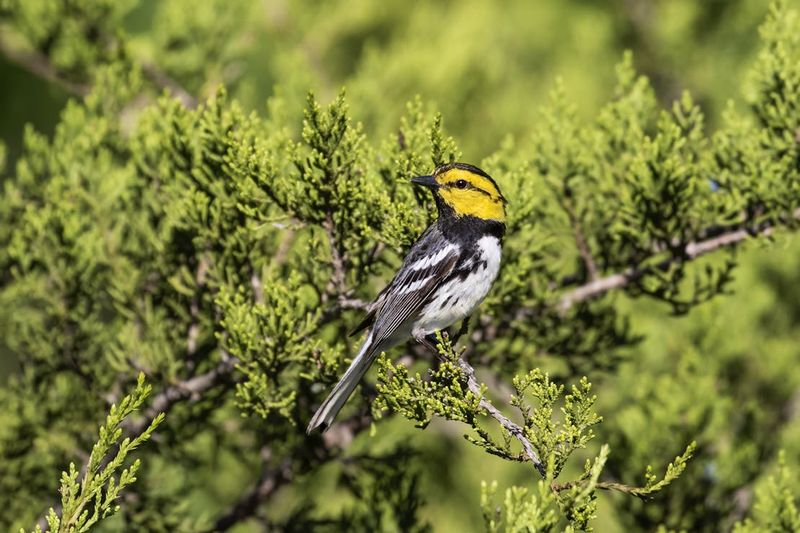
Mother Nature created a perfect storm of conditions in the Texas Hill Country that simply doesn’t exist anywhere else.
The unique combination of limestone soil, juniper trees, and oak woodlands forms an ecological sweet spot. These birds thrive where mature junipers mix with hardwoods at specific elevations.
This particular habitat mosaic only occurs in central Texas, creating a geographical exclusivity that has shaped the warbler’s entire evolutionary history. No other place on Earth offers this precise ecological recipe.
4. Migration Patterns
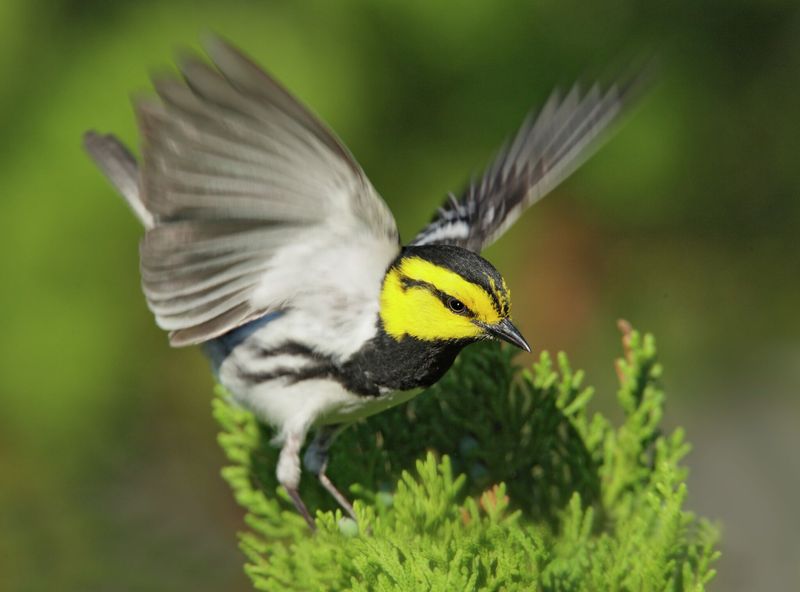
These tiny travelers have one of the most remarkable commutes in the bird world! Every year, they journey between Texas and Central America, following ancient pathways their ancestors established centuries ago.
Wintering in countries like Guatemala and Honduras, these birds make the incredible journey back to Texas each spring.
Their migration route has been genetically programmed over generations, always leading them back to the same Texas breeding grounds—never establishing nesting colonies elsewhere despite traveling thousands of miles.
5. Habitat Fragmentation Threats
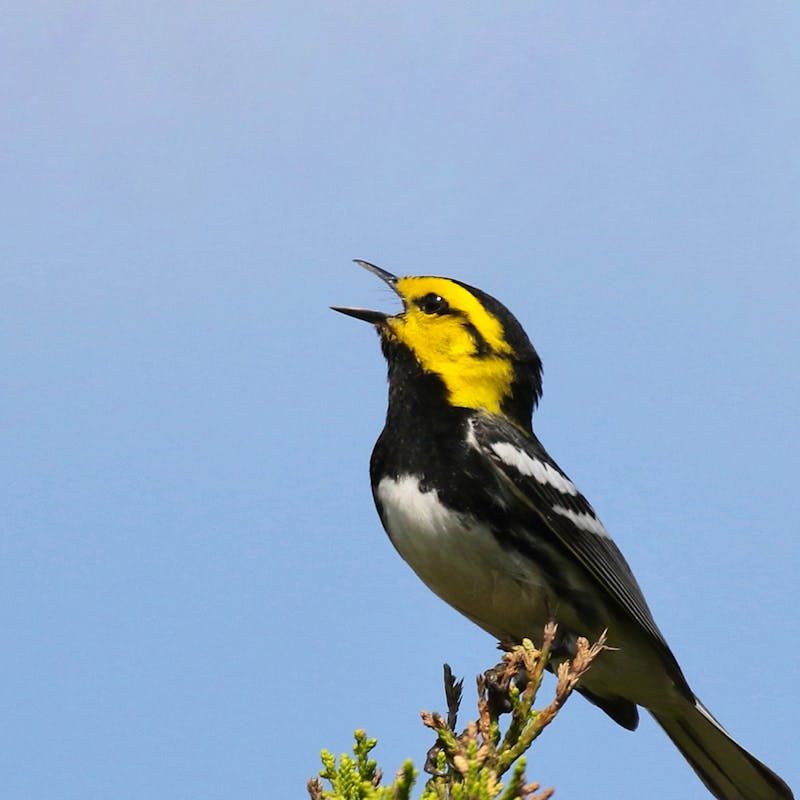
Urban sprawl is playing a dangerous game of musical chairs with these birds, except when the music stops, there are fewer and fewer places to perch!
Development around Austin and San Antonio continues to shrink their habitat. As Texas cities expand, juniper-oak woodlands get chopped into smaller fragments.
The warblers need large, unbroken tracts of forest to thrive. This ongoing habitat loss has pushed them onto the endangered species list, making conservation of their unique Texas ecosystem absolutely critical for their survival.
6. Specialized Nesting Behavior
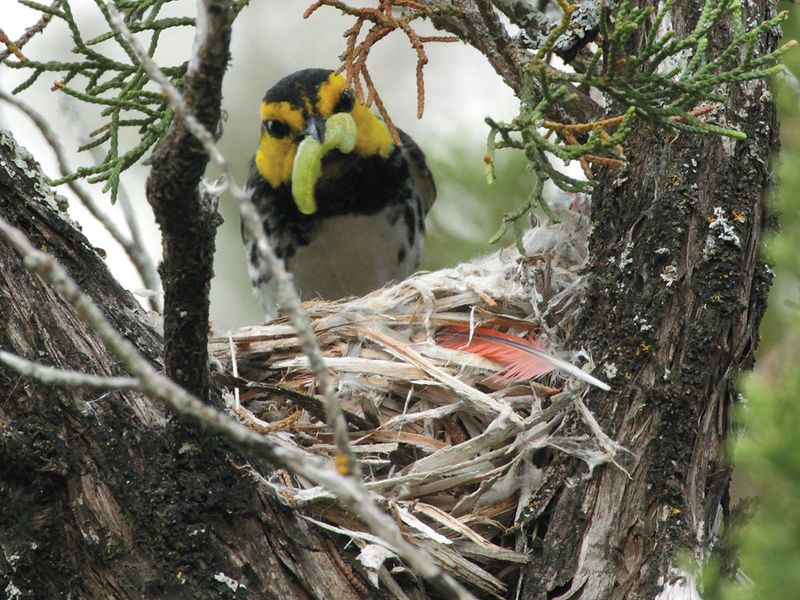
Ever tried building a house with just one specific material? Golden-cheeked Warblers have mastered this art, crafting their homes exclusively from juniper bark and spider silk.
These architectural wizards construct compact nests that blend perfectly with their surroundings. The combination of juniper and hardwood trees creates the exact microhabitat these birds need.
With such specific requirements, it’s no wonder they’re found nowhere else but the juniper-oak woodlands of central Texas.
7. Endemic Species Status
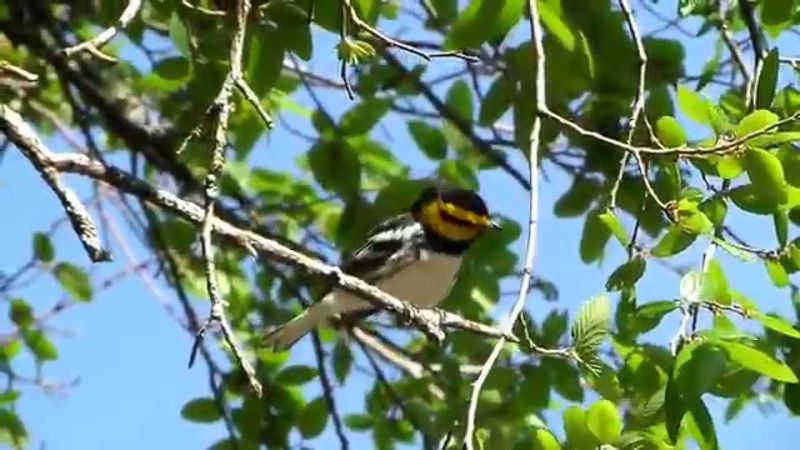
Being Texas-exclusive has earned this bird a special scientific designation! Biologists classify the Golden-cheeked Warbler as an endemic species—meaning it naturally occurs in only one geographic area worldwide.
This special status puts it in rare company. Of the nearly 10,000 bird species on Earth, relatively few are endemic to such a small region.
The warbler evolved in isolation within Texas, developing specific adaptations to the unique Edwards Plateau ecosystem that make it impossible for them to establish breeding populations elsewhere.
8. Conservation Efforts
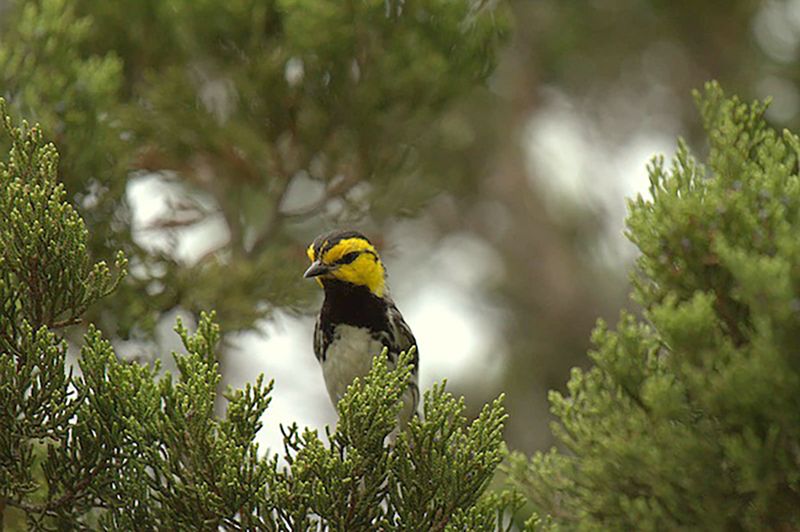
Texans have rallied around their feathered neighbor with impressive dedication! Since being federally listed as endangered in 1990, numerous conservation initiatives have sprung up to protect the warbler’s home.
The Balcones Canyonlands Conservation Plan established preserves specifically for these birds. Private landowners have joined the effort too, managing their properties to maintain mature juniper stands.
These combined efforts represent one of the most focused conservation campaigns for any bird species in North America—a testament to the warbler’s importance to Texas.
9. Ecological Indicator
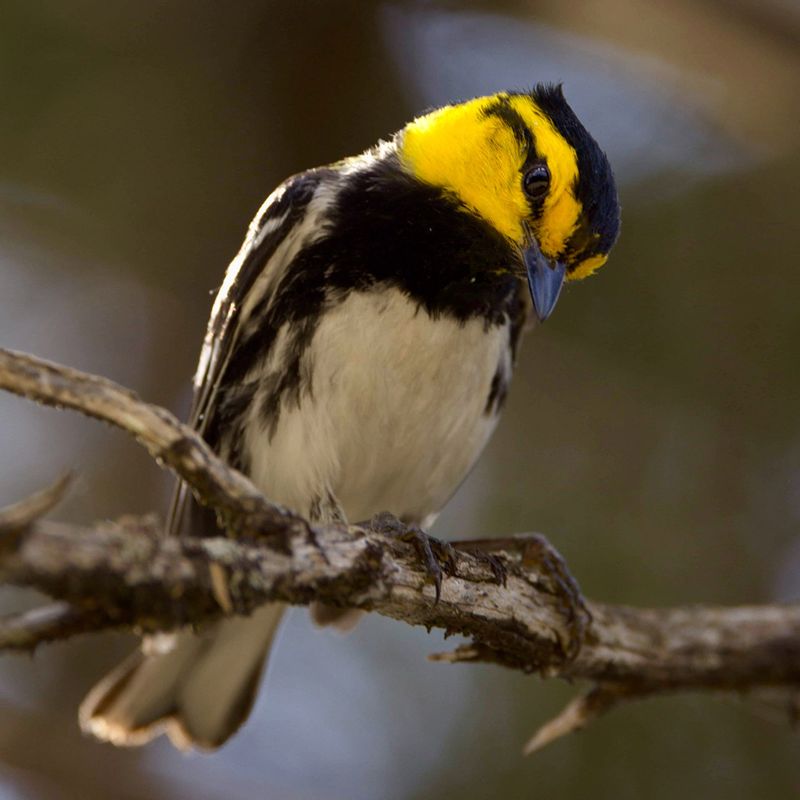
These little yellow-cheeked birds serve as nature’s canaries in the coal mine! Their population health directly reflects the overall condition of Texas Hill Country ecosystems.
Scientists monitor warbler populations to gauge the health of the entire juniper-oak woodland community. When warblers thrive, it signals that the complex web of plants, insects, and other wildlife is in balance.
Their specialized requirements make them perfect ecological indicators—the proverbial “check engine light” for Texas’s unique Hill Country environment.
10. Cultural Significance
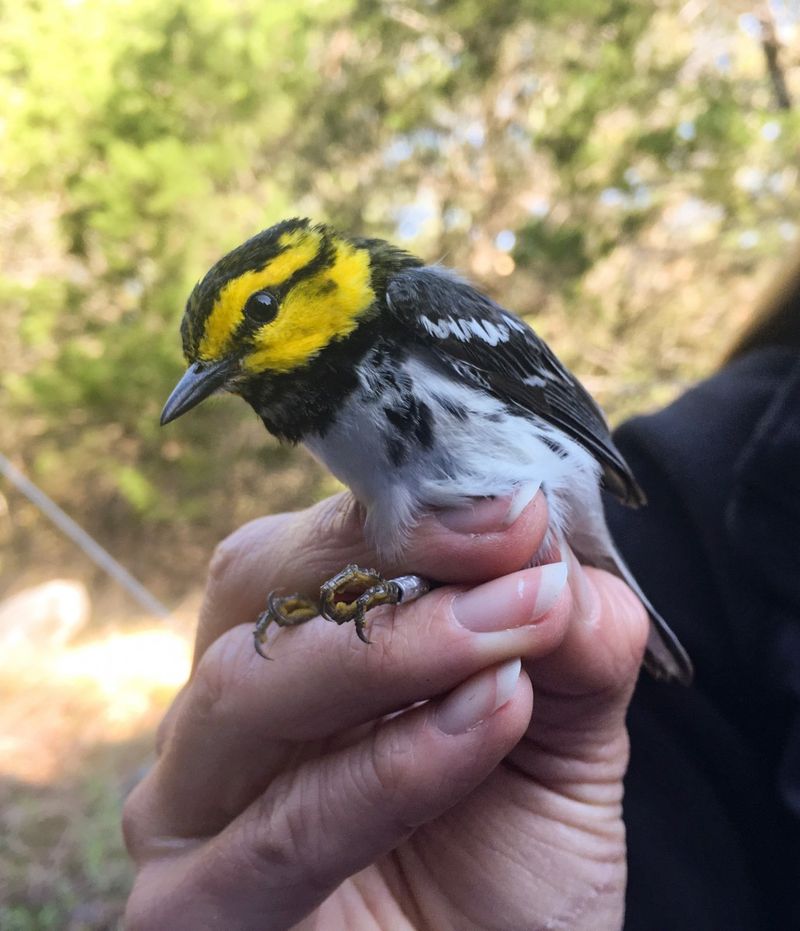
Move over, mockingbird—this tiny songster has captured Texan hearts! The Golden-cheeked Warbler has become a beloved symbol of Texas’s natural heritage, appearing in local art, conservation logos, and even brewery names.
Communities celebrate “Warbler Weekends” during spring migration. Birders from across the globe visit Texas specifically to glimpse this species.
The bird’s unique Texas-only status has transformed it from an obscure songbird into a cultural icon—a living embodiment of the state’s distinctive natural character that residents proudly claim as their own.
